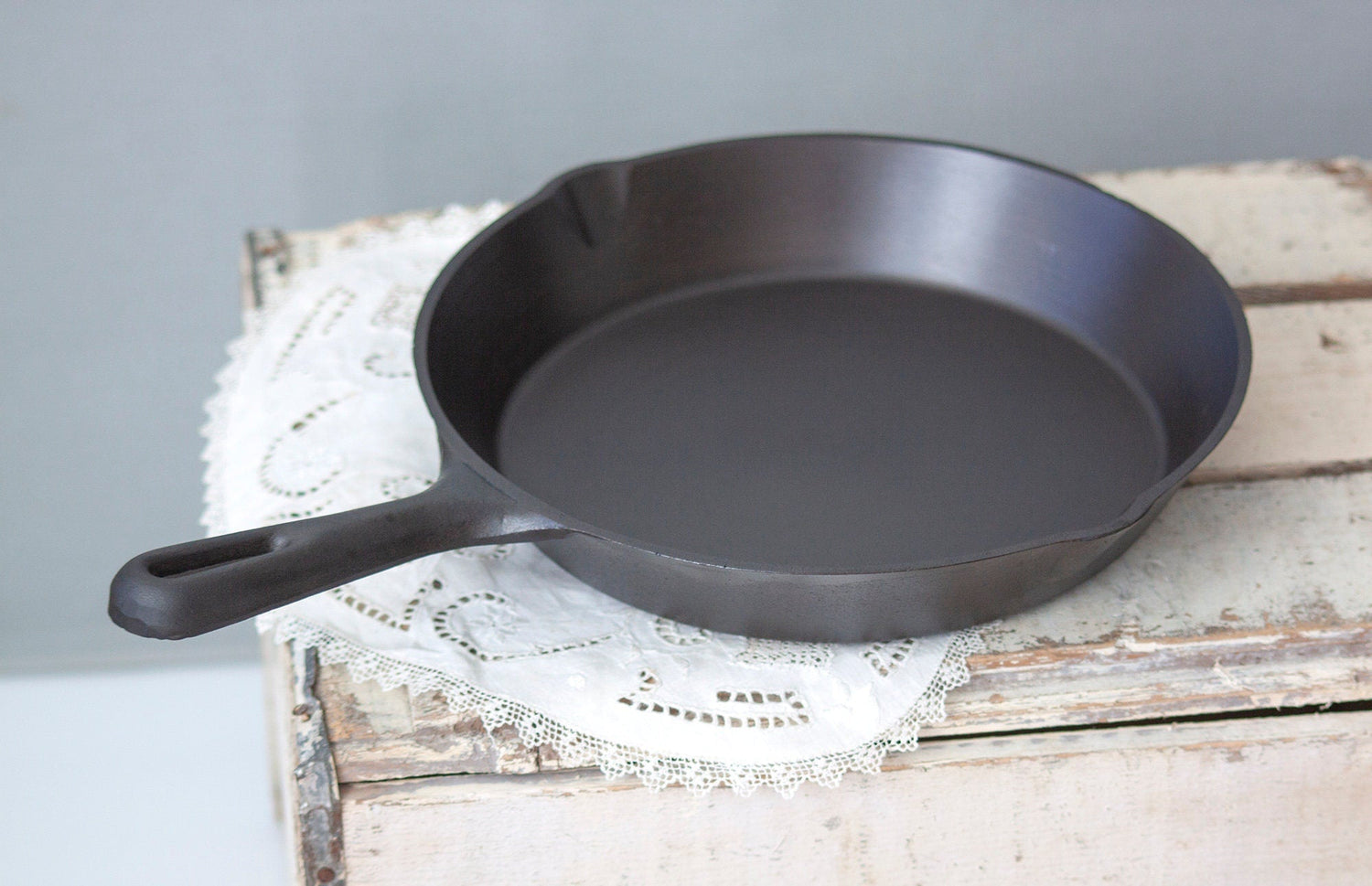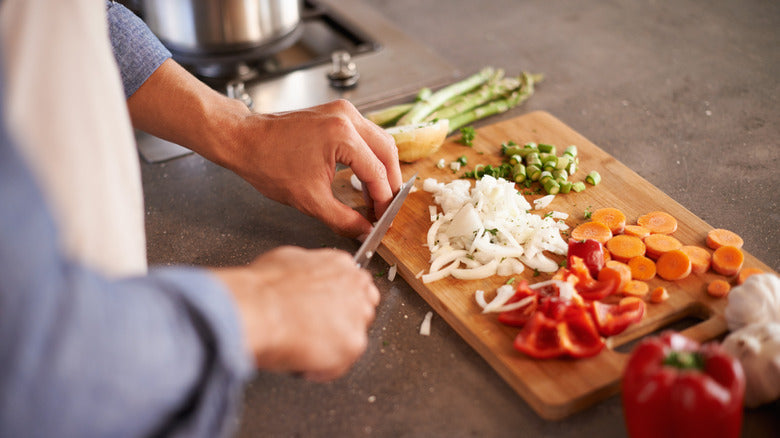Cast iron skillets have been cherished by chefs and home cooks alike for generations. One key question that often arises is how to tell how old a cast iron skillet is. Understanding the age of your skillet is crucial; it not only informs you about its potential history and value, but it also gives insights into its performance. In this article, we will explore various methods to determine the age of your cast iron skillet, delve into the significance of its age, and share maintenance tips to prolong its life.
As a kitchen professional, you understand that the tools you use can significantly impact the quality of your culinary creations. A vintage cast iron skillet has unique characteristics that set it apart from its newer counterparts. Let's dive deep into the intricacies of identifying the age of your beloved skillet.

The Importance of Knowing the Age
Why is it important for a kitchen professional to know the age of a cast iron skillet? Knowing the age can lead to better care practices, influence cooking techniques, and even affect the skillet's resale value. Moreover, certain brands and eras of cast iron cookware have specific traits and finishes that can enhance your cooking experience.
Identifying Brand Marks and Logos
One of the first steps in how to tell how old a cast iron skillet is involves examining the skillet for brand marks and logos. Different manufacturers have unique markings that can help date their products. Common brands include:
- Griswold - Known for its intricate logos and numbers, Griswold skillets often have a small logo that indicates production dates.
- Wagner - Wagner skillets typically have their name and a production number, making identification easier.
- Made in USA - Skillets marked with this phrase could date back from the 1930s to the 2000s.
It's advisable to familiarize yourself with these brands to effectively date your cookware. For further insights about applying historical context to your cooking tools, check out this guide.
Analyzing the Design Features
Another method to determine the age of your cast iron skillet is by analyzing the design features. Over the decades, cast iron skillets have evolved in their design. Here are some aspects to look for:
- Handle Design - Early skillets may have a distinctive 'pour spout' design on the side, while newer models typically have a straight handle.
- Thickness of Walls - Older skillets tend to have thicker walls and a heavier weight compared to modern lightweight models.
- Surface Texture - Skillets from the earlier days have a rougher texture, while modern ones might have a smoother finish.
Understanding these features enhances your ability to identify and appreciate cast iron skillets, making your kitchen experience richer. You can also read about maintaining your cast iron on this page.
Researching the Production Era
Many professionals overlook the historical context of their cooking tools. Researching the production era offers valuable insights into your skillet's past. Not only does it add layers to your cooking narrative, but it also grants better understanding of the skillet's unique properties.
Utilizing Resources and Forums
There are countless online forums and resources dedicated to cast iron enthusiasts. Websites and social media groups often share tips for how to tell how old a cast iron skillet is and allow you to connect with fellow collectors and professionals. Resources to consider include:
- Facebook Groups - Many community platforms have specialized groups devoted to cast iron cookware.
- Online Marketplaces - Examining sales listings provides insight into various models and helps date skillets based on their selling points.
- Specialized Websites - Sites like BHG offer seasoned advice on identifying and maintaining skillets.
Consulting Expert Literature
For a really deep dive into knowing your skillets age, consult expert literature. Books by cookware collectors and historians are invaluable. Titles focusing on cast iron history provide facts, illustrations, and more information about brand evolution.
Books and Guides
Some renowned titles include:
- 'The Cast Iron Skillet Cookbook' - This guide dives into various brands and eras of cast iron cookware.
- 'The Book of Cast Iron Cooking' - Offers history alongside usage tips that connect to skillet preservation.
Such literature helps create an informed approach to your cooking experience. To enhance skills, refer to this article on seasoning your skillet effectively.
Enhancing Your Skillet's Longevity
Once you have determined the age, it is essential to focus on maintaining its lifespan. Proper care and cleaning are crucial. Here are some key practices:
Cleaning Techniques
Cleaning cast iron skillets differs from other cookware. Here is how:
- No Soap Avoid using soap as it can strip the seasoning.
- Hot Water Scrub Use warm water and a stiff brush to clean after use.
- Dry Immediately Ensure your skillet is dried quickly to avoid rust.
For detailed cleaning methods, check out this cleaning guide.
Seasoning Your Skillet
Re-seasoning your skillet regularly ensures durability and quality in cooking. Follow these simple steps:
- Preheat Oven Set your oven to 350F.
- Apply Oil Spread a thin layer of oil evenly across the skillet surface.
- Bake Place the skillet upside down on the oven rack for about an hour.

Conclusion: Why Age Matters
In summary, knowing how to tell how old a cast iron skillet is can greatly enhance your culinary experience. It provides not only historical context but also aids in the effective use, care, and maintenance of these incredible cooking tools. The age of your skillet imbues it with character and history, making each meal cooked in it a story of its own.
FAQ
- What year was my cast iron skillet made? - Check brand marks and logos to find the production year.
- How often should I clean my cast iron skillet? - Clean after each use, without soap, and dry it immediately.
- Is it worth seasoning an old skillet? - Yes! Seasoning can restore its cooking surface and prolong its life.
As an Amazon Associate, I earn from qualifying purchases.






Leave a comment
This site is protected by hCaptcha and the hCaptcha Privacy Policy and Terms of Service apply.